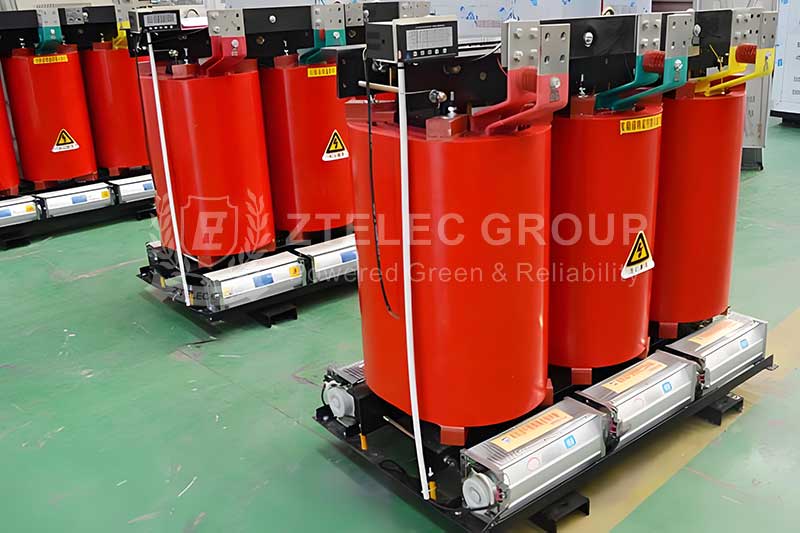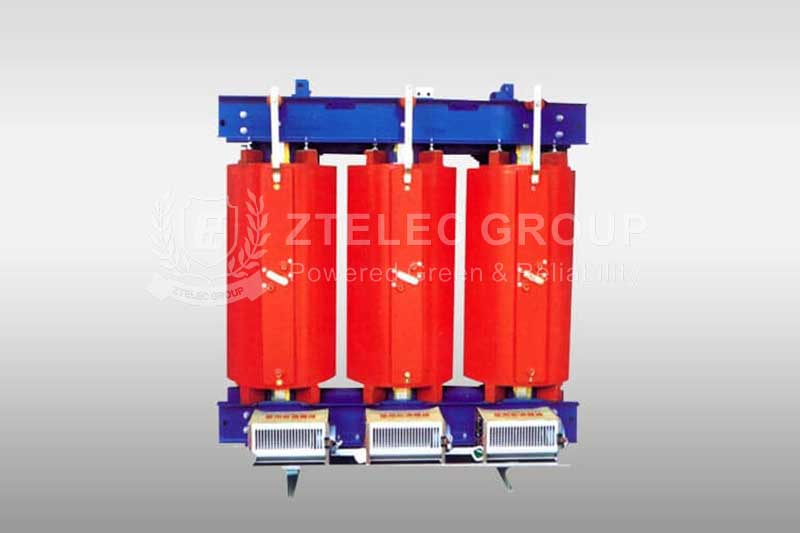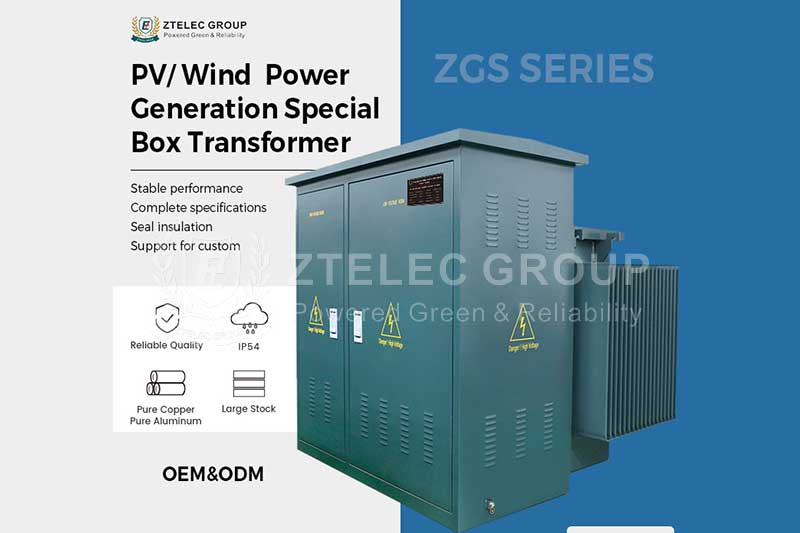What is the principle of step up and step down transformer?
Time:2024-10-31 Auther:ZTelec-www.ztelectransformer.com
A transformer is a static device that transfers alternating electricity from circuit to circuit at the same frequency, but the voltage level usually varies. For economic reasons, electrical energy must be transmitted at high voltage while it must be used at low voltage from a safety point of view. This increase in transmission voltage and reduced voltage for use can only be achieved using the step-up transformer and step-down transformer.
What is a step-up transformer?
A step-up transformer is a transformer that can convert a low value alternating voltage into another high value alternating voltage of the same frequency. In the power system, step-up transformers are usually used to provide high voltage supply to long-distance transmission lines or high-power equipment, and are an indispensable part of the power system. It is widely used in factories, power stations, substations and other places. It is also suitable for power systems, industrial and mining enterprises, scientific research departments, etc., to carry out manifold frequency or AC high voltage insulation strength test for various high-voltage electrical equipment, electrical components, insulation materials.

What is a step-down transformer?
Step-down transformer refers to the transformer that converts the higher voltage at the input end to the relatively low ideal voltage at the output end, so as to achieve the purpose of step-down. It is a very important equipment in the power transmission and transformation system and its normal operation is not only related to its own safety, reliable power supply of users, but also directly affects the stability of the power system. Step-down transformers are widely used in factories, mines, urban power grids and other fields to reduce high voltage to a low voltage suitable for equipment or home use.

Working principle
The basic working principle of the step-up transformer and the step-down transformer is the same, which realizes the voltage transformation through the principle of electromagnetic induction.
Let’s discuss how they work respectively.
The working principle of the step-up transformer is based on the principle of electromagnetic induction. When AC voltage is applied to the primary winding of the transformer (also known as the primary winding), a changing magnetic field is created in the iron core. This changing magnetic field in turn induces a higher voltage in the secondary winding (also known as the secondary winding). The proportion of voltage increase depends on the ratio of turns in the primary and secondary windings. Specifically, the ratio of the voltage of the secondary winding to the voltage of the primary winding is equal to the ratio of the number of turns of the secondary winding to the number of turns of the primary winding.
The working principle of the step-down transformer is based on the principle of electromagnetic induction. When AC voltage is applied to the primary coil of the transformer (also known as the primary coil), a changing magnetic field is created in the iron core. This changing magnetic field passes through the secondary coil (also known as the secondary coil) and induces an electromotive force in it, creating a voltage. Because the number of turns of the primary coil and the secondary coil is different, according to the principle of electromagnetic induction, the ratio of the induced electromotive force in the secondary coil to the electromotive force in the primary coil is equal to the ratio of the number of turns of the two coils. Therefore, if the number of turns of the secondary coil is less than the original coil, then the voltage in the secondary coil will be lower than the voltage in the original coil, achieving the function of buck.




